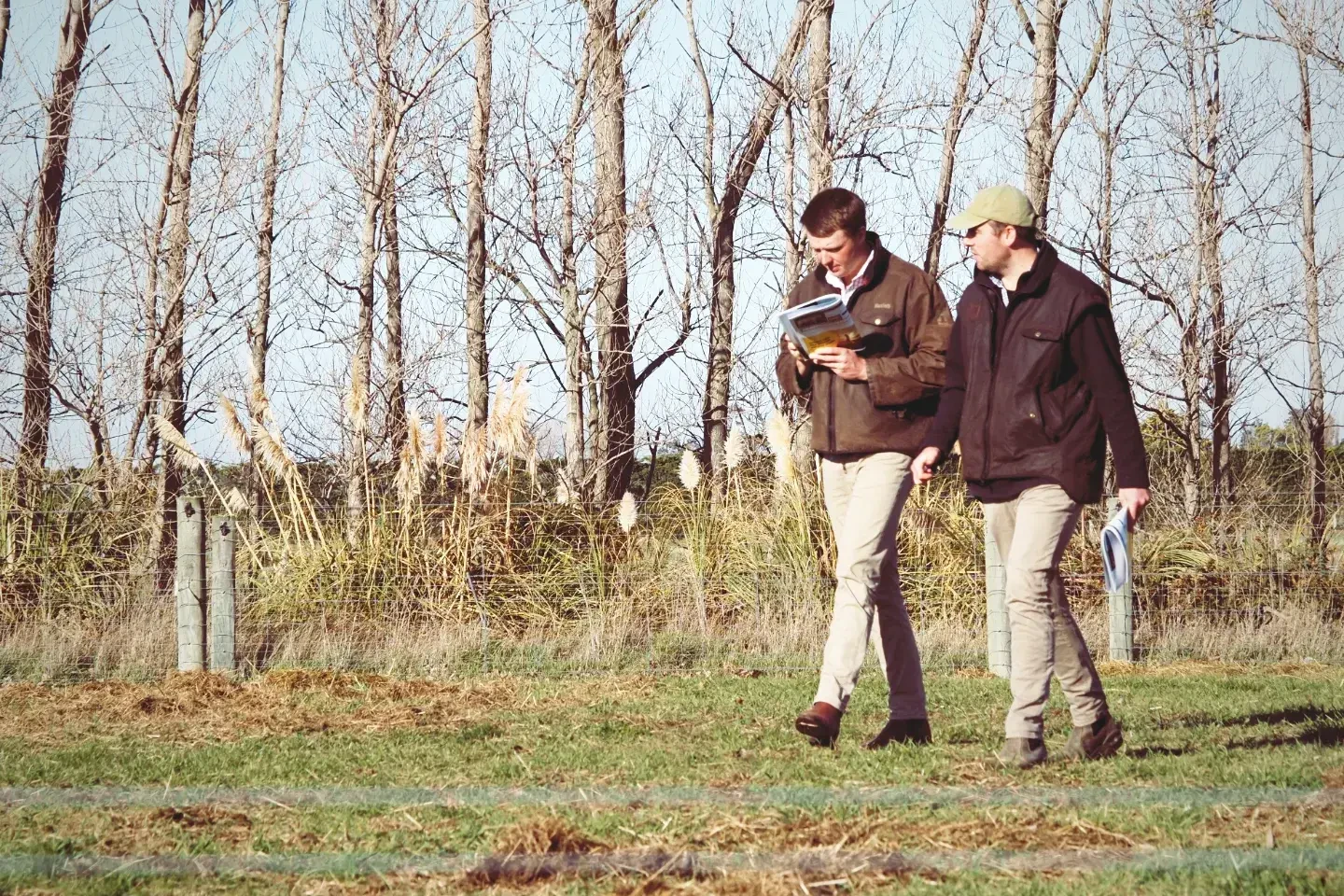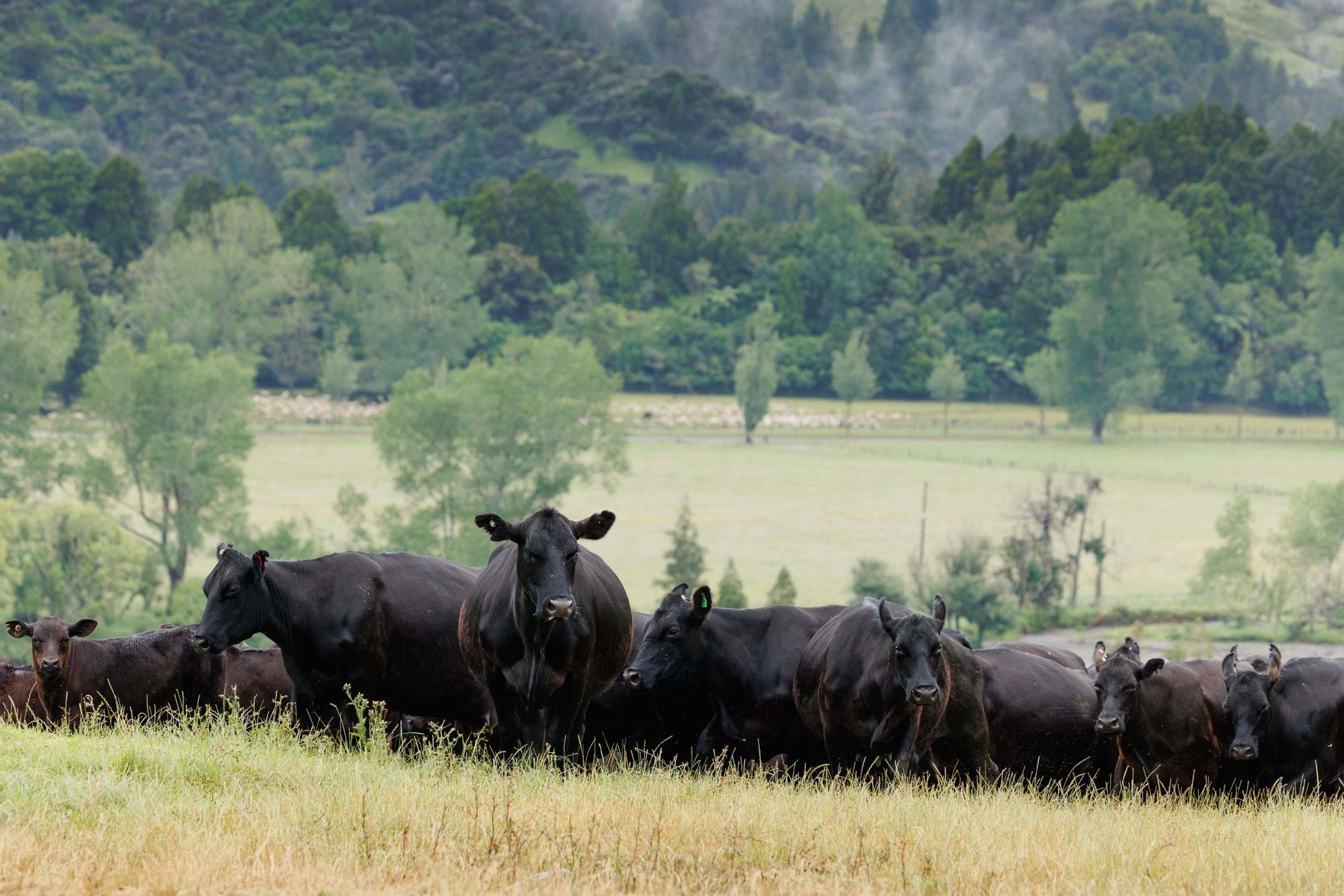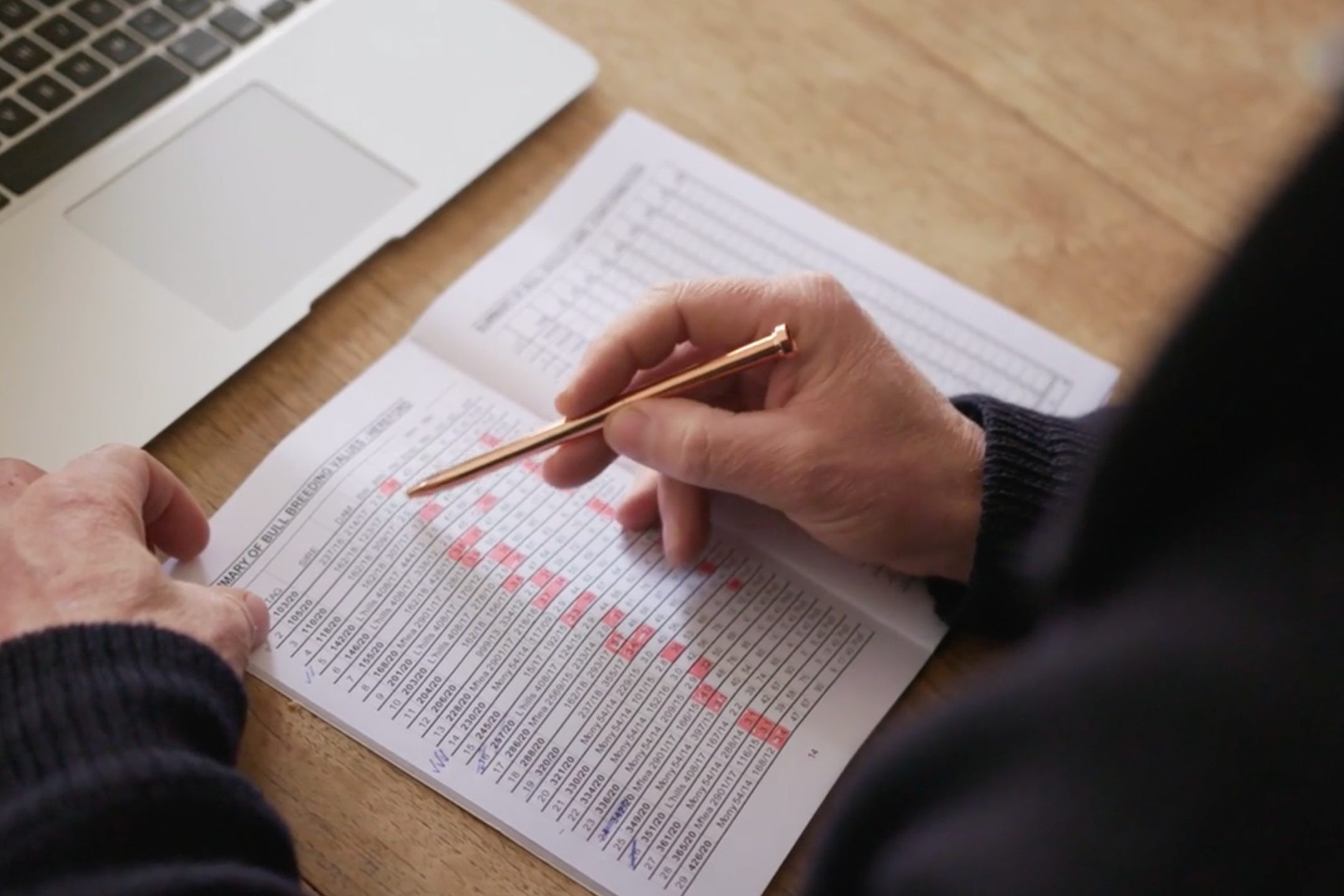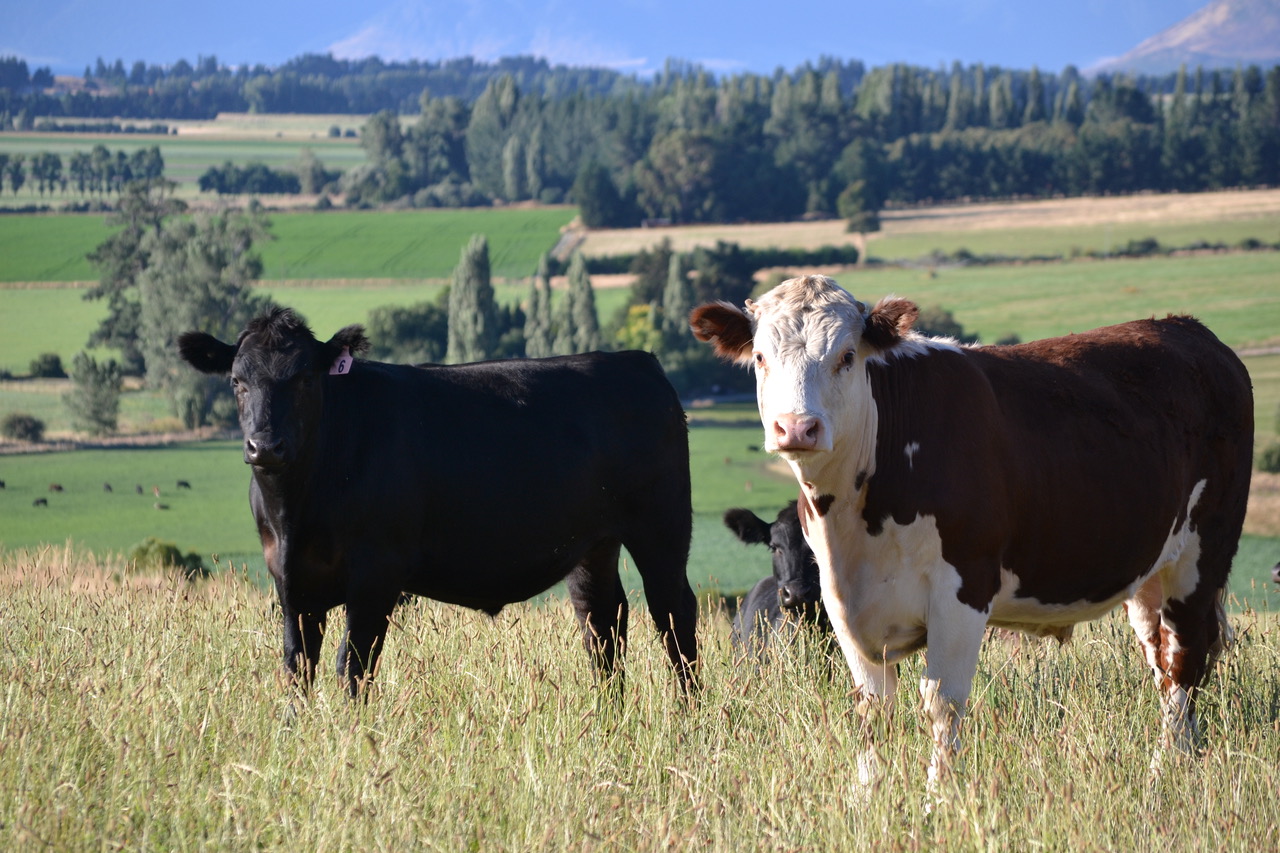Collaborative data for the common good
International Genetic Solutions aims to serve the beef industry by providing resources for genetic improvement using the best technology available and unprecedented collaboration. Words Jackie Aitken, International Genetic Solutions.
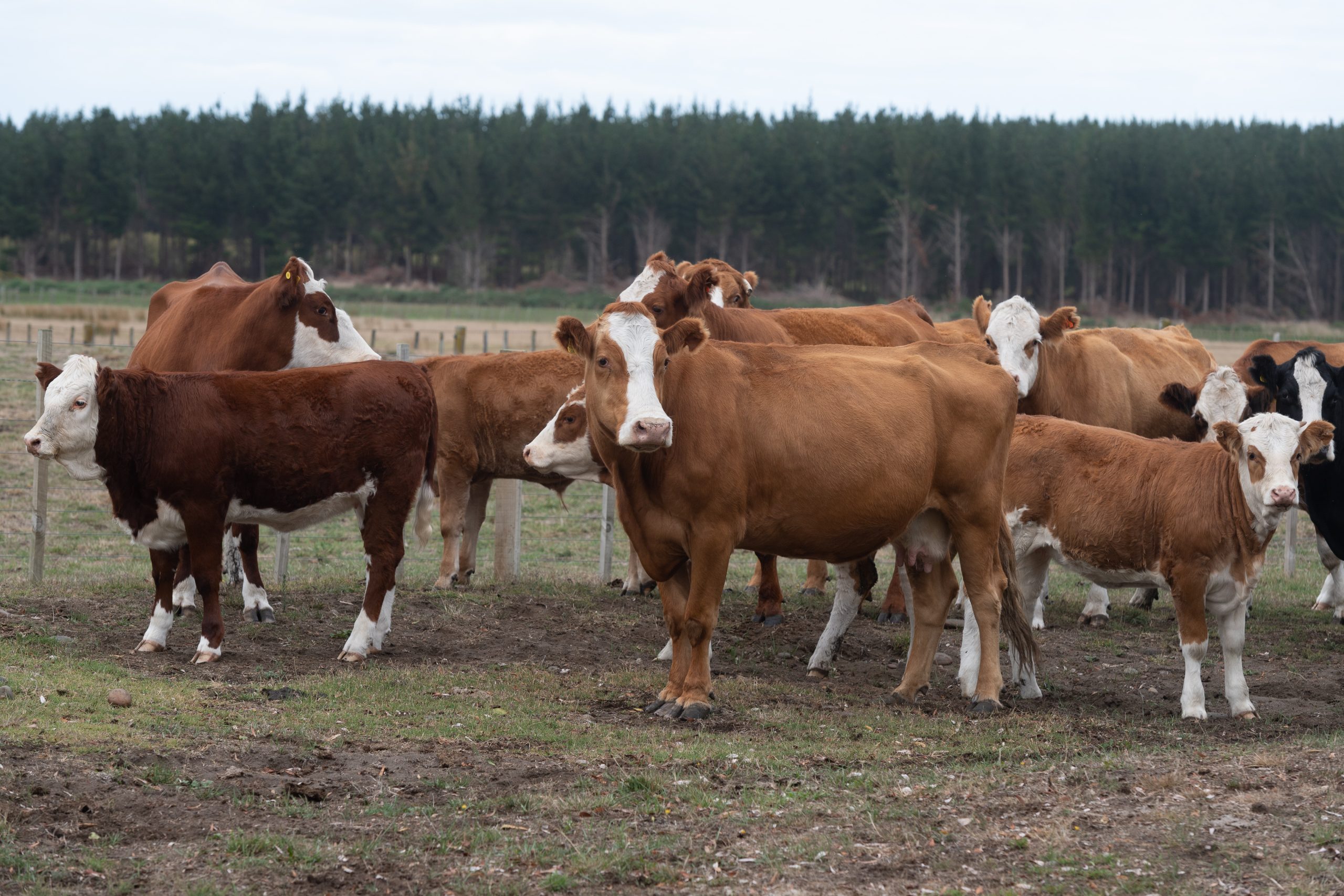
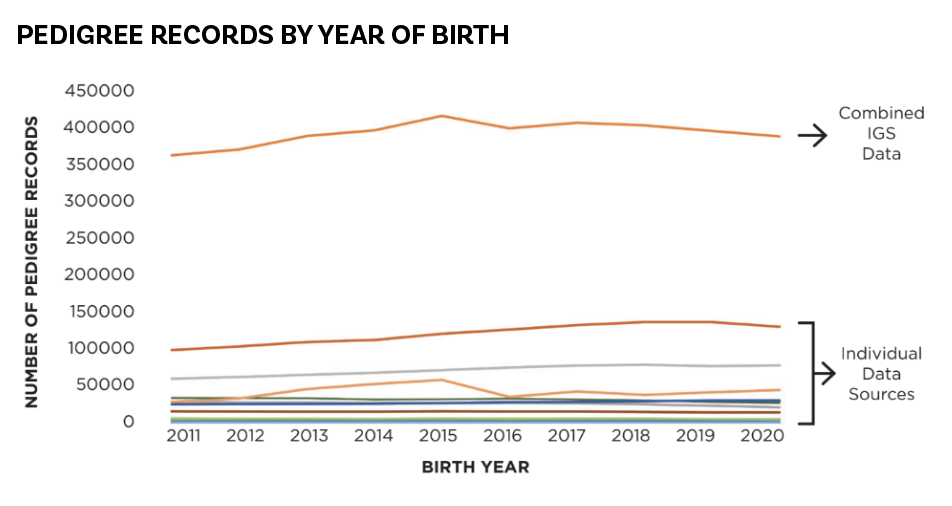 Comradery and collaboration is at the heart of International Genetic Solutions (IGS). IGS aims to serve the beef industry by providing resources for genetic improvement using the best technology available and unprecedented collaboration. Not only is it the largest beef cattle database, but it also has a huge amount of connectivity among the different organisations. Nearly one third of the progeny records in the IGS evaluation have siblings in a separate database and multiple sires have progeny in as many as 17 databases.
Comradery and collaboration is at the heart of International Genetic Solutions (IGS). IGS aims to serve the beef industry by providing resources for genetic improvement using the best technology available and unprecedented collaboration. Not only is it the largest beef cattle database, but it also has a huge amount of connectivity among the different organisations. Nearly one third of the progeny records in the IGS evaluation have siblings in a separate database and multiple sires have progeny in as many as 17 databases.
For Simmental NZ there are 241 sires in the Simmental NZ database who also have progeny in another IGS database. By joining IGS, the Simmental NZ Society adds 276,607 progeny records to these 241 sires. That is a 28-fold increase in progeny records on these bulls. One might think that only benefits that small number of sires, but this addition adds accuracy to all of their relatives which sprawls throughout the animals in the Simmental NZ database.
“The IGS collaboration has over 22 million animals and over 600,000 genotypes from 20 different organisations.” – Jackie Aitken, Director of Operations, International Genetic Solutions
We all improve our predictions by being a part of IGS. It is complex to have one evaluation with 20 different data sources. It is challenging to have a multi-breed genetic evaluation and to account for different breed effects and heterosis. But at the end of the day, we want to provide the BEST possible genetic predictions, not only to
seed stock breeders but for anyone using genetic predictions to select their future genetics. The IGS model sets aside the territorial behaviours that crop up in breed societies. Instead of guarding our data, our material, our resources, to be used only to help our association improve, the IGS system opens the doors of communication among all the IGS partners to offer better resources to all the members and ultimately the beef industry. We all benefit from working together and sharing various perspectives from different breeds of cattle, different breed societies, and different countries, but with the common goal of beef cattle genetic improvement.
Beyond making the best possible genetic predictors, the staff from the various IGS partners learn from each other, share educational material, collaborate on different research projects, and work through various challenges most of us have faced independently but can get through better together. IGS is excited to welcome Simmental NZ as our most recent addition to the IGS collaboration. This marks the fourth Simmental breed society to join IGS – with Australia, Canada, and the United States welcoming in another Simmental society. While the future is unknown to all of us, it is certain to improve by working together towards the same common good.

